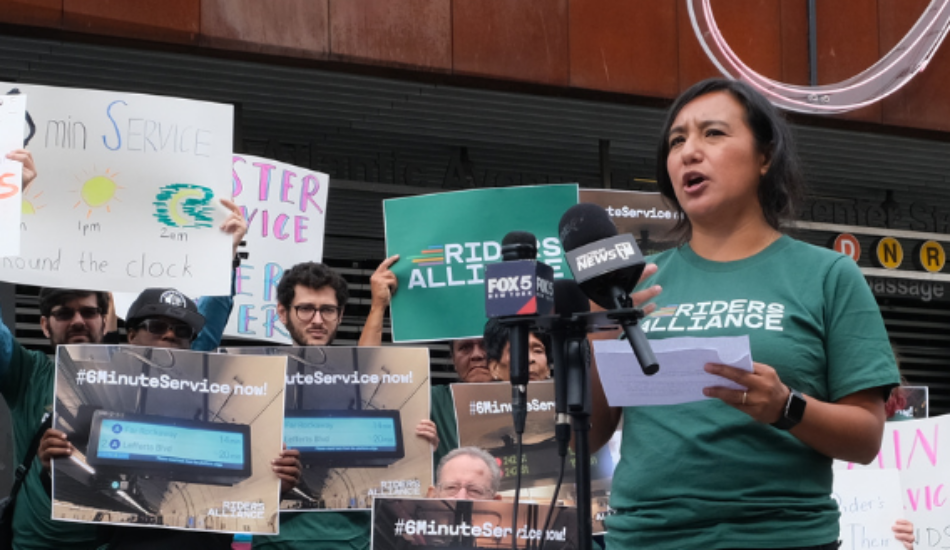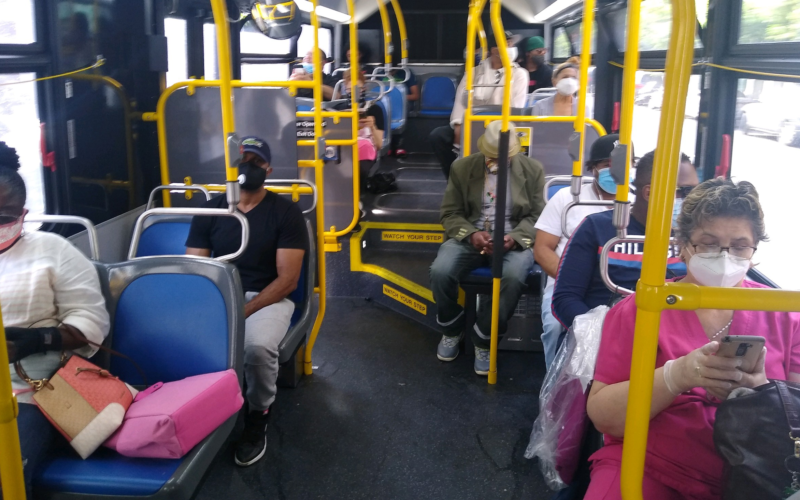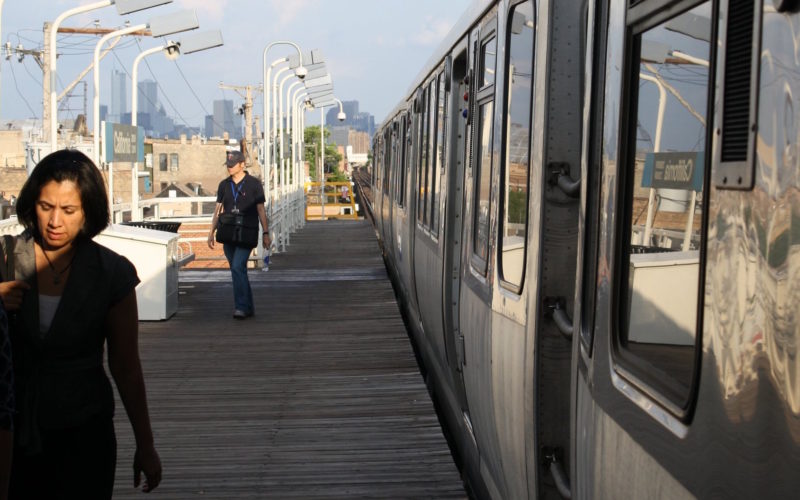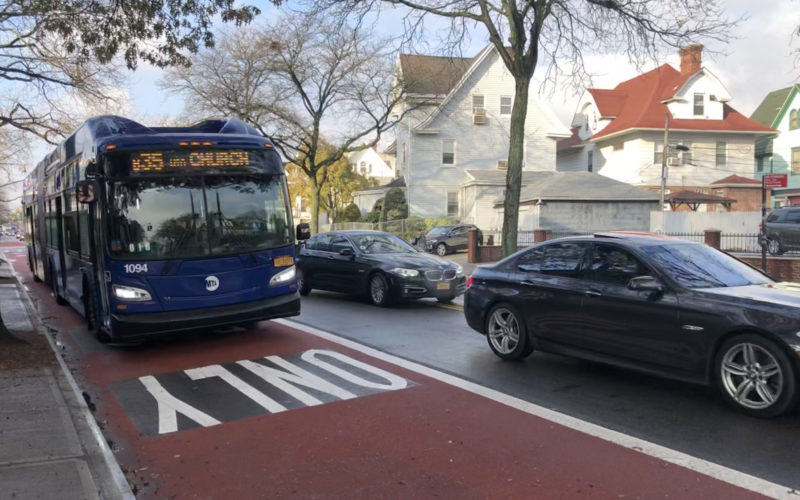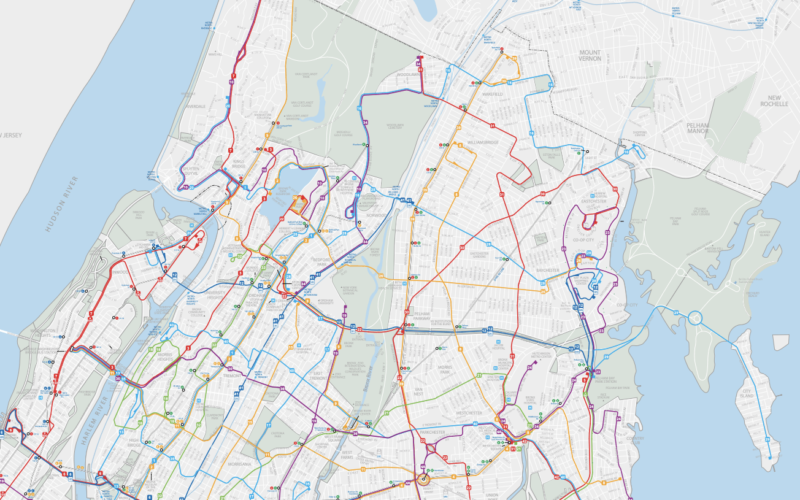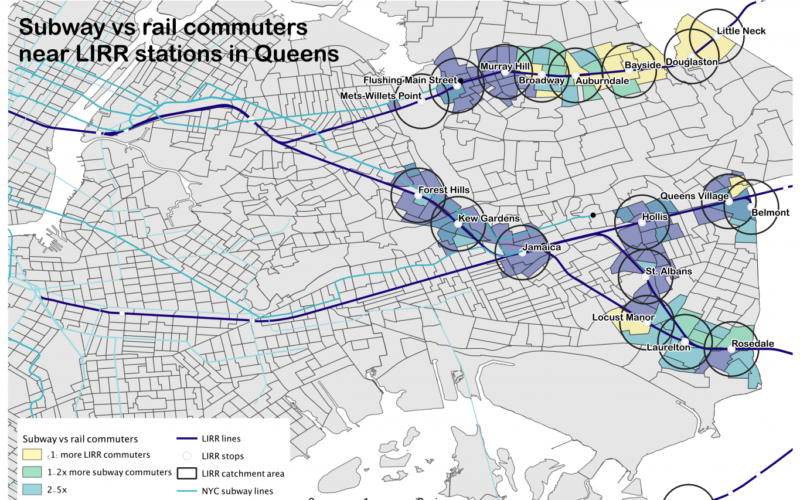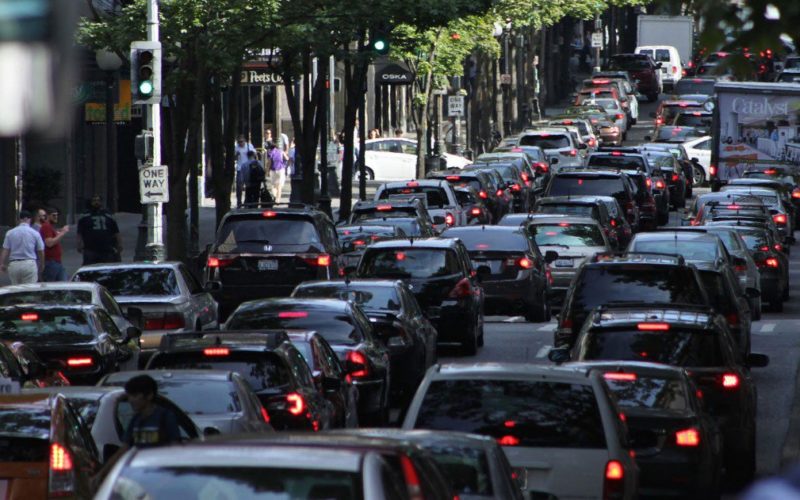Thanks to Riders' Alliance successful #6MinuteService campaign, New York City subway riders will enjoy more frequent service on nights and weekends, starting this summer. In this post, we chronicle the group's winning strategies and tactics.
Read MoreTo create the “state-of-the-art bus transit system” of his campaign platform, Mayor Adams will have to both expand the quantity and improve the quality of bus lanes. We recommend these strategies to get it done.
Read MoreThe ground has shifted, and the transit system must adapt and change in response -- or else the future for subway and bus riders looks bleak, as do the prospects for the entire New York City region.
For the ten U.S. regions with the most transit ridership, we estimate that CARES Act funds will cover agency shortfalls for an average of 5.4 to 8.3 months. For agencies in the rest of the country, CARES Act transit funds will last 12.6 to 20.8 months, on average.
NYC DOT and the MTA received largely positive grades for 2019, reflecting that the agencies have each charted a path to better bus service at the scale of the entire city.
Read MoreIn June, the MTA released a draft plan to redesign the Bronx bus network. There’s no doubt that the proposals will improve trips for bus riders. But given the gap between the current state of Bronx bus service and what Bronx bus service can be, is this plan as ambitious as it should be?
Read MoreA combination of high fares, infrequent off-peak service, and poor integration with other modes of transit make LIRR and Metro-North off-limits even for people who live near these stations.
Read MoreUber's new Movement platform is no substitute for the full data cities have been asking for.
Read MoreCongestion pricing won’t work if it’s hollowed out by exemptions, or if City leadership misses the chance to reallocate street space.
Read More